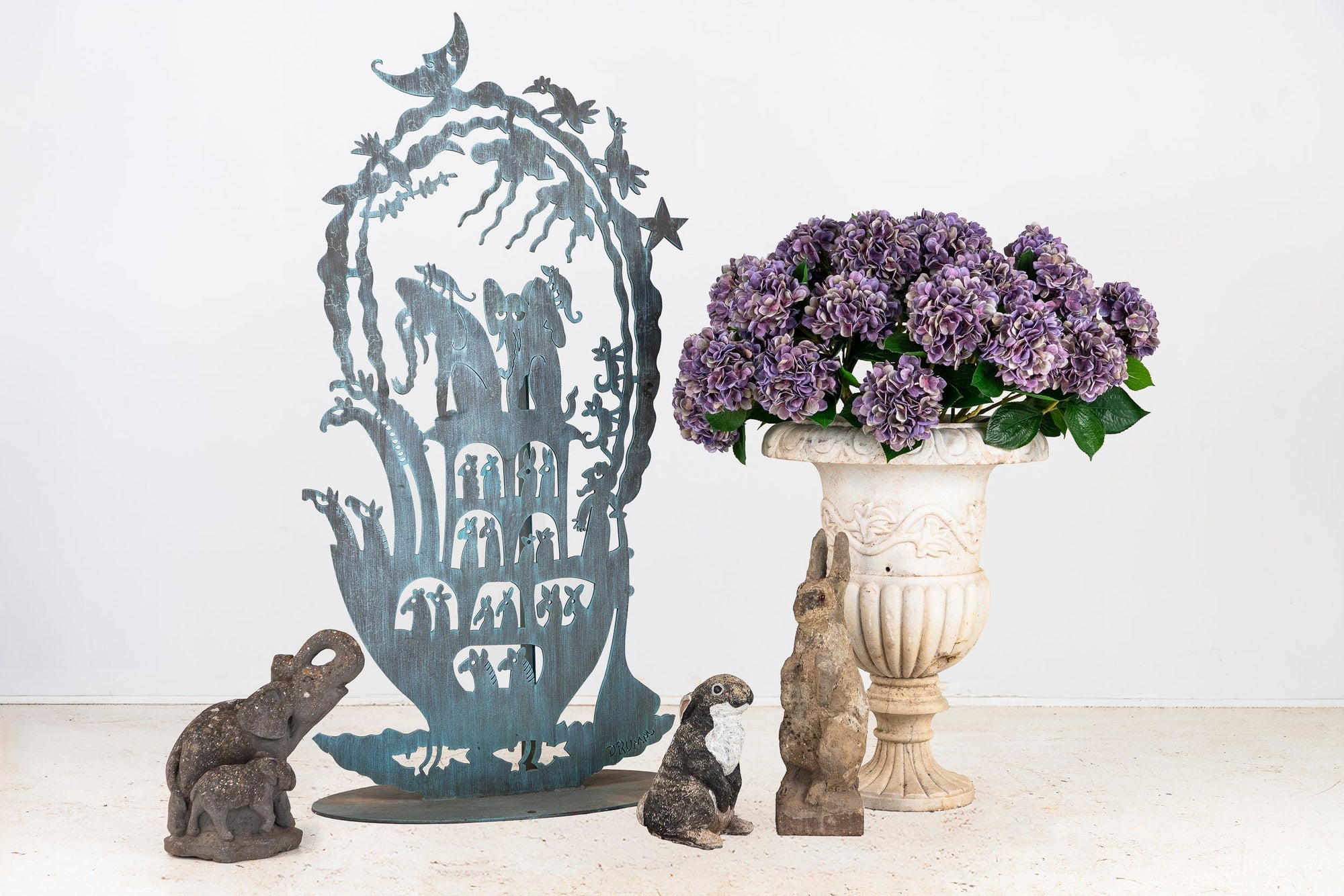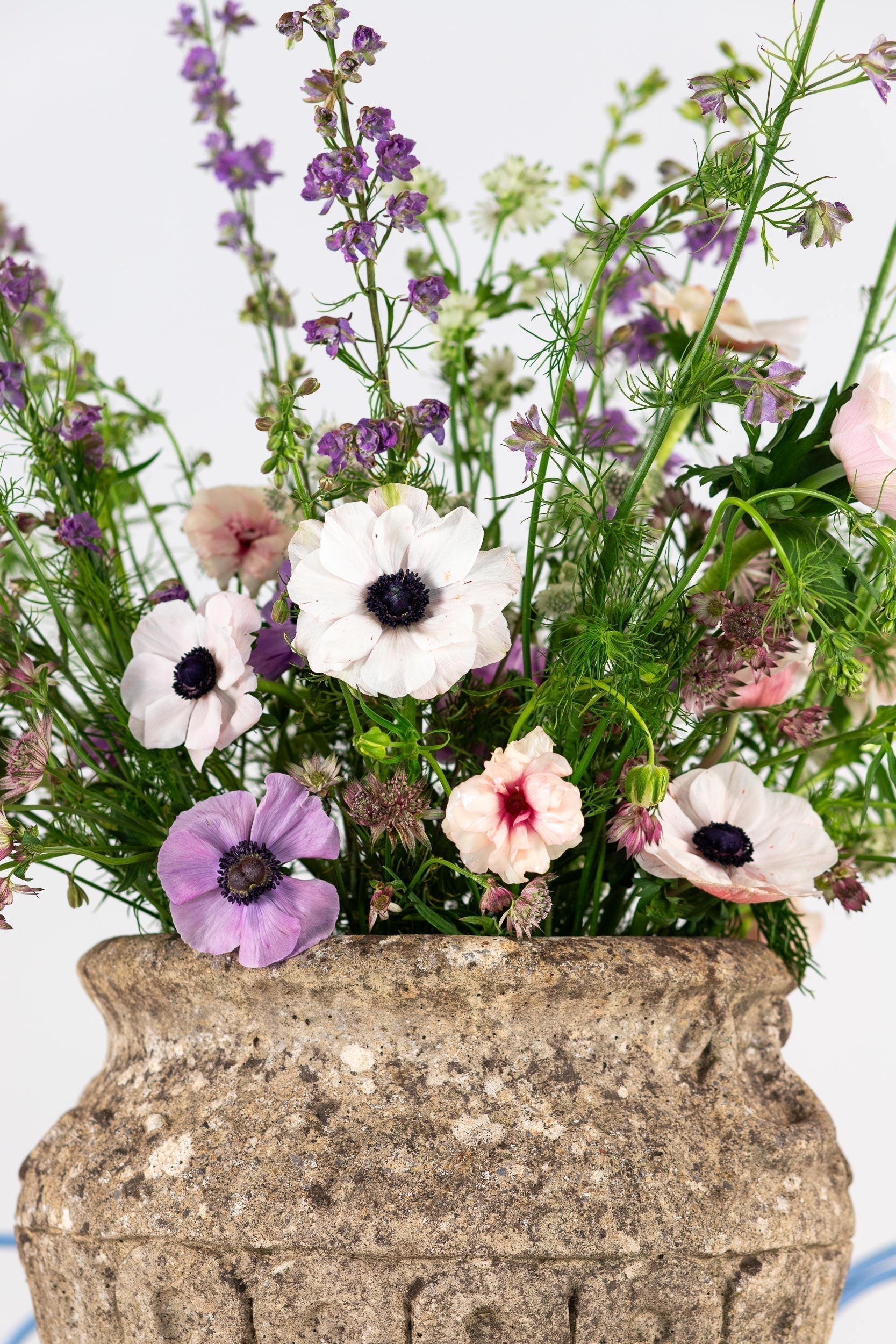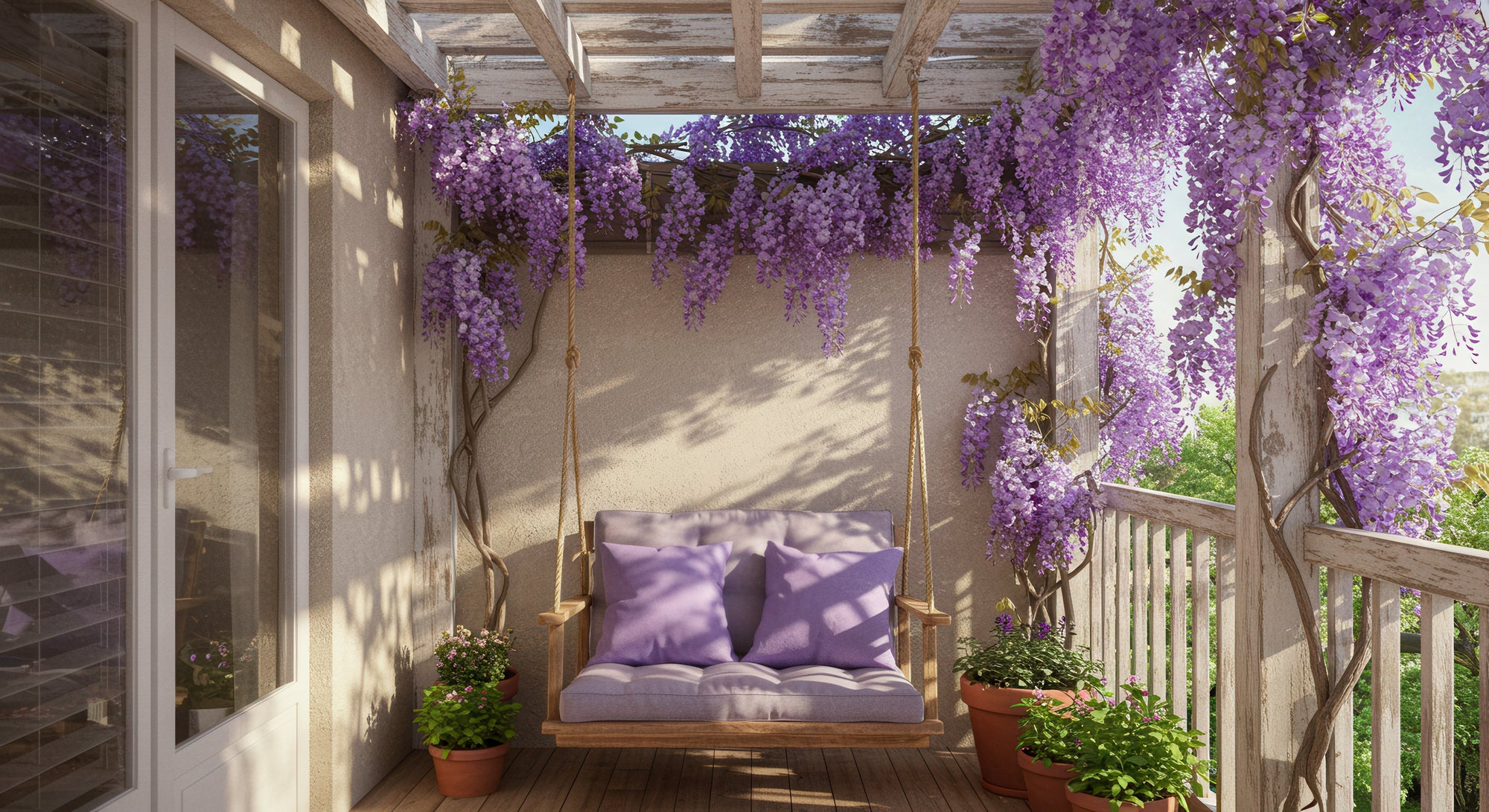Credit: Discoveries from The Lifestyle Historian
Few design traditions have shaped the way we think about outdoor spaces as profoundly as the English garden. Carefully structured yet never rigid, these landscapes are beautiful, serene, and ever proper - making us enjoy their small touches of whimsy that much more! Emerging in the 18th century as a departure from the formal symmetry of French-style gardens, the English garden celebrated organic forms, asymmetry, and the integration of architecture with nature.
Rooted in the Arcadian ideal (a vision of harmonious living close to nature inspired by the Greek province of Arcadia), the English garden draws from pastoral beauty. This influence led to designs that were idyllic, peaceful, and poetically wild. Over time, these gardens developed their own visual language: undulating lawns, flowering borders, serpentine gravel paths, and charming structures like arbors and follies.
But the character of an English garden also lies in the antique objects and elements that add personality and depth.
Antiques as Anchors
At Modern Antiquarian, we believe that antiques should live outdoors as dynamically as they do indoors. Our recent sourcing trip to England was an inspiring reminder of just how powerfully historic elements can transform a landscape. From the gates of grand estates to the smallest stone guardian nestled in a flower bed, these pieces don’t merely decorate, they speak.
Take, for example, a wrought iron gate. Far more than an entrance or a border, it’s a framed moment of anticipation and a nod to England’s history as a leader in ironworks. The craftsmanship of these gates speaks to a time when metalwork was art, not just utility. (Margaret, I am going to do a LH post on the history of wrought iron gates if you would like to link it here. Be sure to link it as an external tab so it doesn’t take people off your page. I will send the IG link as soon as I have it).
Or consider a Georgian or Neoclassical style garden urn, whose lines, curves, and weathered stone surface act as quiet architectural anchors. This striking pair of early 20th-century English concrete stone urns are reminiscent of the style of Andrew Handyside with a timeless egg-and-dart motif on the wide lips, gracefully moving figures encircling the body, two handles,
Pair of Concrete Neoclassical Style Garden Urns, England early 20th C.
Modern Antiquarian’s curated garden collection is a celebration of this spirit. Each piece is hand-selected to embody the wonder and grounded beauty of the English garden tradition.
English Country Reclaimed Driftwood Garden Bench Weathered to perfection, this bench is composed of driftwood and reclaimed floor planks in a rough hewn finish. It offers a rustic yet refined place to rest, echoing organic curves and natural textures.
English Country Reclaimed Driftwood Garden Bench
Stone and Concrete Animals
You can also add a playful, classic touch with our selection of animal sculptures. Greyhounds, lions, leopards, cocker spaniels, and shepherd dogs, all crafted to age gracefully in any setting.
Antiques bring irreplaceable character to a garden and wear time as a patina, becoming part of the landscape’s living story.
These pieces aren’t just decorative. They are foundational. They bring structure, history, and soul.
Circa 1920 English Pair of Large Recumbent Concrete Lions
Hallmarks of the English Garden
Thinking of designing your own English-inspired outdoor space? Here are some classic elements that set this tradition apart.
Structural Elements Boxwood hedges, often clipped into parterres or geometric shapes Gravel paths or stepping stones Benches tucked into quiet corners Arbors or pergolas covered in climbing roses or wisteria Brick or stone garden walls with ivy or clematis Topiaries Sundials, statues, or fountains
Classic Plantings English roses, especially David Austin varieties. Lavender lining beds or walkways Peonies, delphiniums, and foxgloves Hydrangeas, especially in shadier corners Clematis climbing on trellises or walls Hollyhocks near garden walls
Wild and Romantic Touches Wildflower meadows or tall grass for a sense of managed wildness Espaliered fruit trees like apples or pears Potager gardens with herbs and edible flowers
Nature-Friendly Features Bee-attracting blooms like allium, catmint, and cosmos Birdbaths, feeders, and small ponds A cottage garden mix with closely planted flowers to encourage pollinators and minimize weeds.
Whether you're designing a compact courtyard or a grand estate garden, integrating antique elements adds depth and meaning.
Explore the garden collection at Modern Antiquarian today and bring home a piece of garden history!





